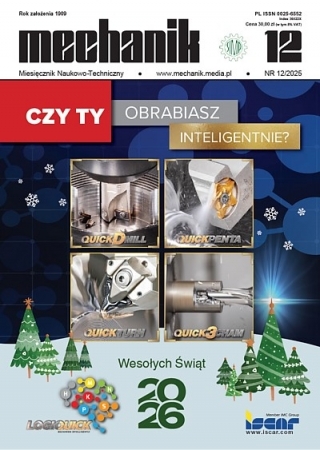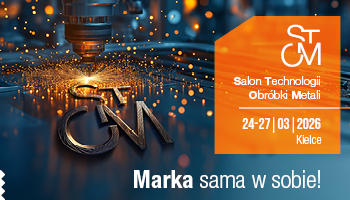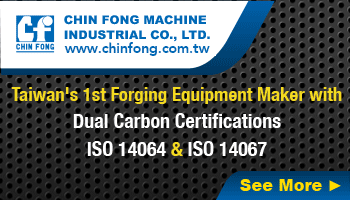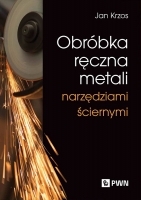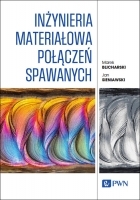Hydrostrumieniowe odtwarzanie quasi-przestrzennego obiektu na podstawie jego obrazu *
Hydrojet rendering of quasi-spatial object based on the image
Mechanik nr 10/2016 - X Szkoła Obróbki Skrawaniem, XXXIX Naukowa Szkoła Obróbki Ściernej
STRESZCZENIE: W artykule przedstawiono fotometryczny model quasi-przestrzennego sposobu odwzorowywania obiektów erodowanych strugą wodno-ścierną (AWJ). Uzyskane zależności umożliwiły określenie zakresu i warunków badań, w których poszczególne przejścia strugi AWJ nakładają się na siebie w sposób „na zakładkę”. Zaprezentowane wyniki badań szerokości kątowego spektrum dobrego postrzegania wyerodowanego obiektu świadczą o przydatności takiego sposobu rzeźbienia.
SŁOWA KLUCZOWE: struga wodno-ścierna, rzeźbienie obiektów, model procesu
ABSTRACT: Photometric model of quasi-spatial mapping of objects eroded with abrasive-water jet (AWJ) is presented in the paper. Obtained relations let to determine the scope and terms of research, in which respective AWJ jet paths overlap in the form of ‘tab’. Research’ results of the angular width of good perception of eroded object testify to the usefulness of such a process-sculpturing.
KEYWORDS: abrasive-water jet, objects’ sculpturing, model of process
BIBLIOGRAFIA / BIBLIOGRAPHY:
- Borkowski P. „Podstawy wysokociśnieniowych technologii hydrostrumieniowych”. Wydawn. Uczelniane PK (ISSN 0239-7129, ISBN 978-83-7365-207-1), Koszalin 2010.
- Borkowski P., Borkowski J., Bielecki M. „Teoretyczny model quasi-przestrzennego kształtowania obiektów metodą hydrostrumieniową z wykorzystaniem luminancji ich obrazu”. Mechanik, Nr 8–9 (2014): s. 77÷79.
- Cutler V., Doolan S. “Controlled depth surface abrasion for parquetry in glass”. 20th Int.Conf. Water Jetting, BHR.Group Graz (2010): pp. 91÷108.
- Doolan S. “The development of strategies for working with three-dimensional glass forms using two-dimensional waterjet cutting”. 21th Int. Conference Water Jetting, BHR Group. Ottawa (2012): pp. 143÷157.
- Groppetti R., Gutema T., di Lucchio A. “A contribution to the analysis of some kerf quality attributes for precision abrasive water jet cutting”. 14th Int. Conf. on Jetting Technology, BHR Group. Brugge (1998): pp. 253÷269.
- Hashish M. “Optimization factors in abrasive-waterjet machining”. Trans. ASME. Journal of Engineering for Industry. Vol. 113/1 (1991): pp. 29÷37.
- Laurinat A., Louis H., Meier-Wiechert G. “A model for milling with abrasive water jets”. 7th American Water Jet Conference. Seattle, Washington. Vol. 8 (1993): pp. 119÷139.
- Webers N., Olsen C., Miles P., Henning A. “Etching 3D patterns with abrasive waterjets”. 20th Int. Conference Water Jetting, BHR Group. Graz (2010): pp. 51÷64.
- Zhang S., Summers D.A., Shepherd J.D. “Experimental investigation of rectangular pocket milling with abrasive water jet using specially designed tool”. 17th Int. Conference on Water Jetting, BHR Group. Mainz, Germany (2004): pp. 435÷447.
- Zhao J., Galecki G., Summers D.A. “Texturing surfaces to generate artistic models”. 20th Int. Conference Water Jetting, BHR Group. Graz (2010): pp. 65÷76.



